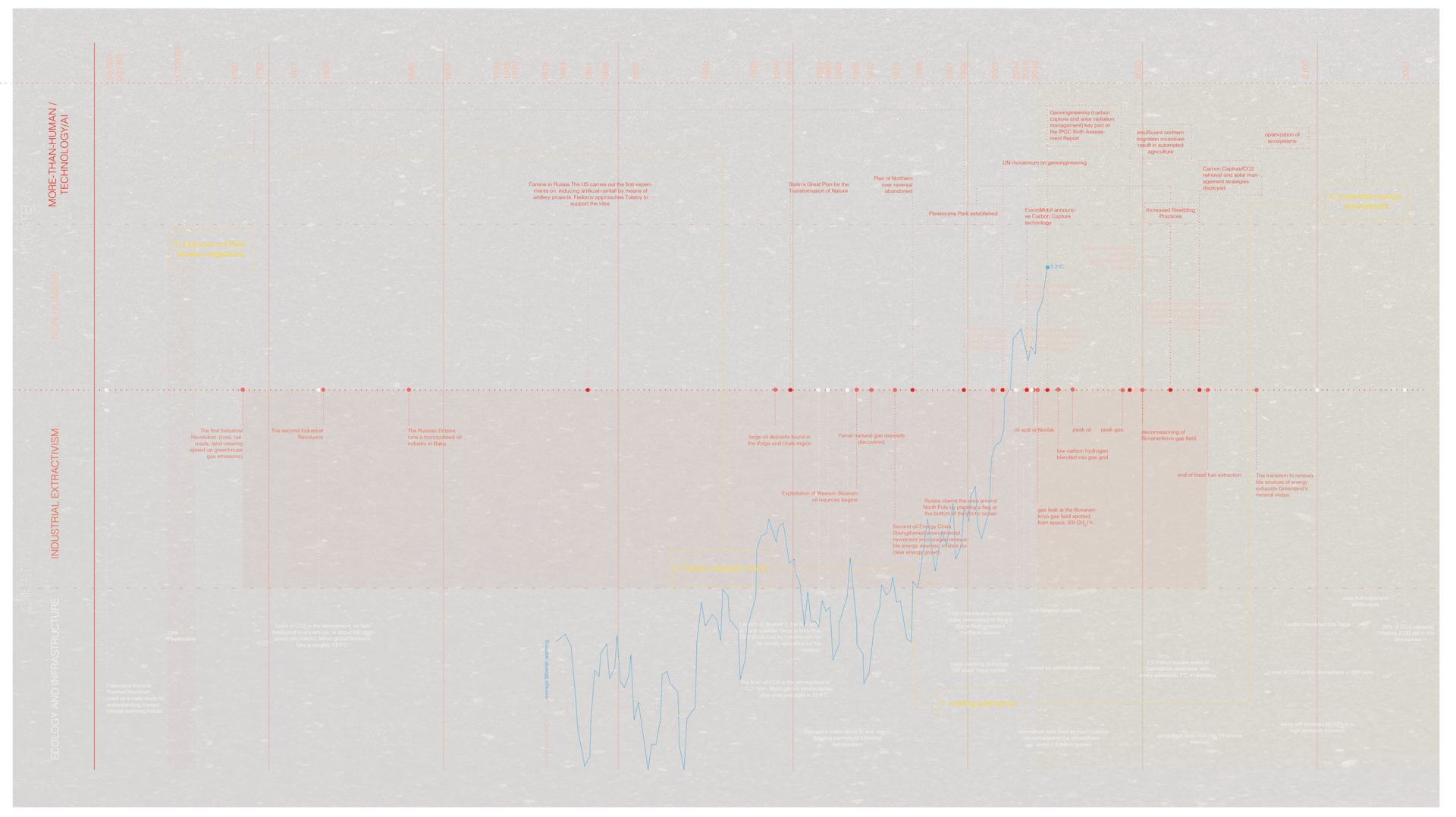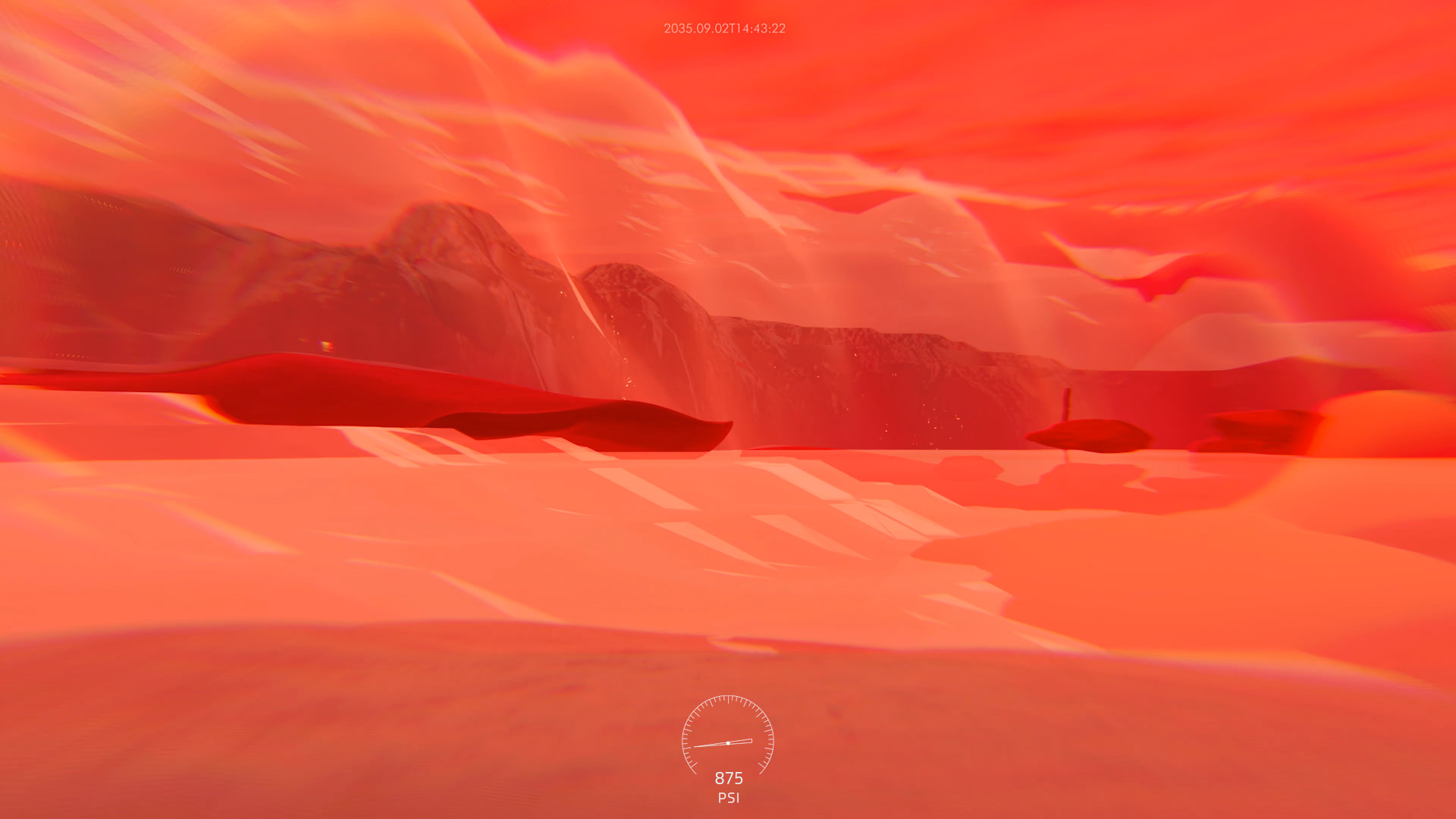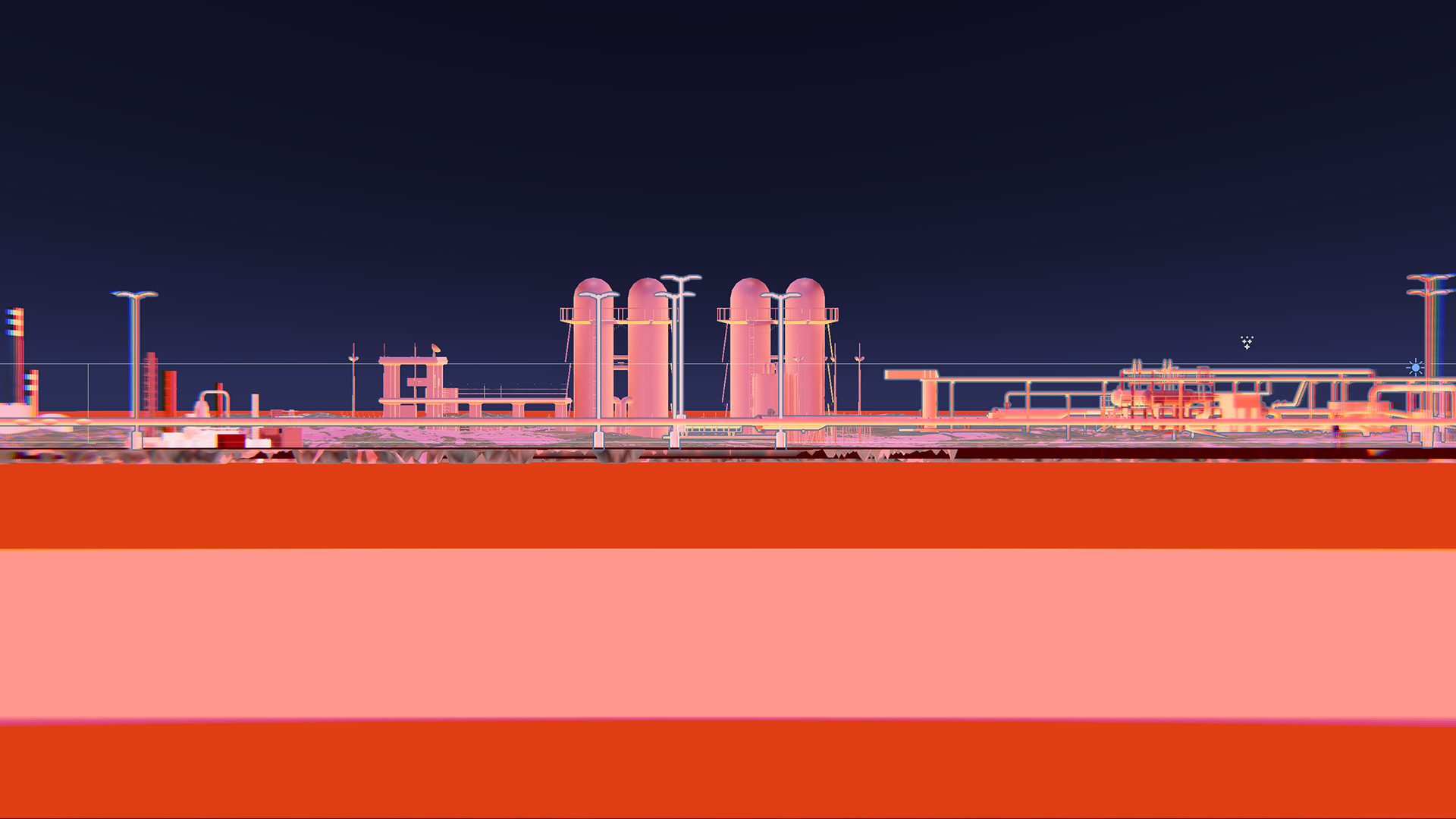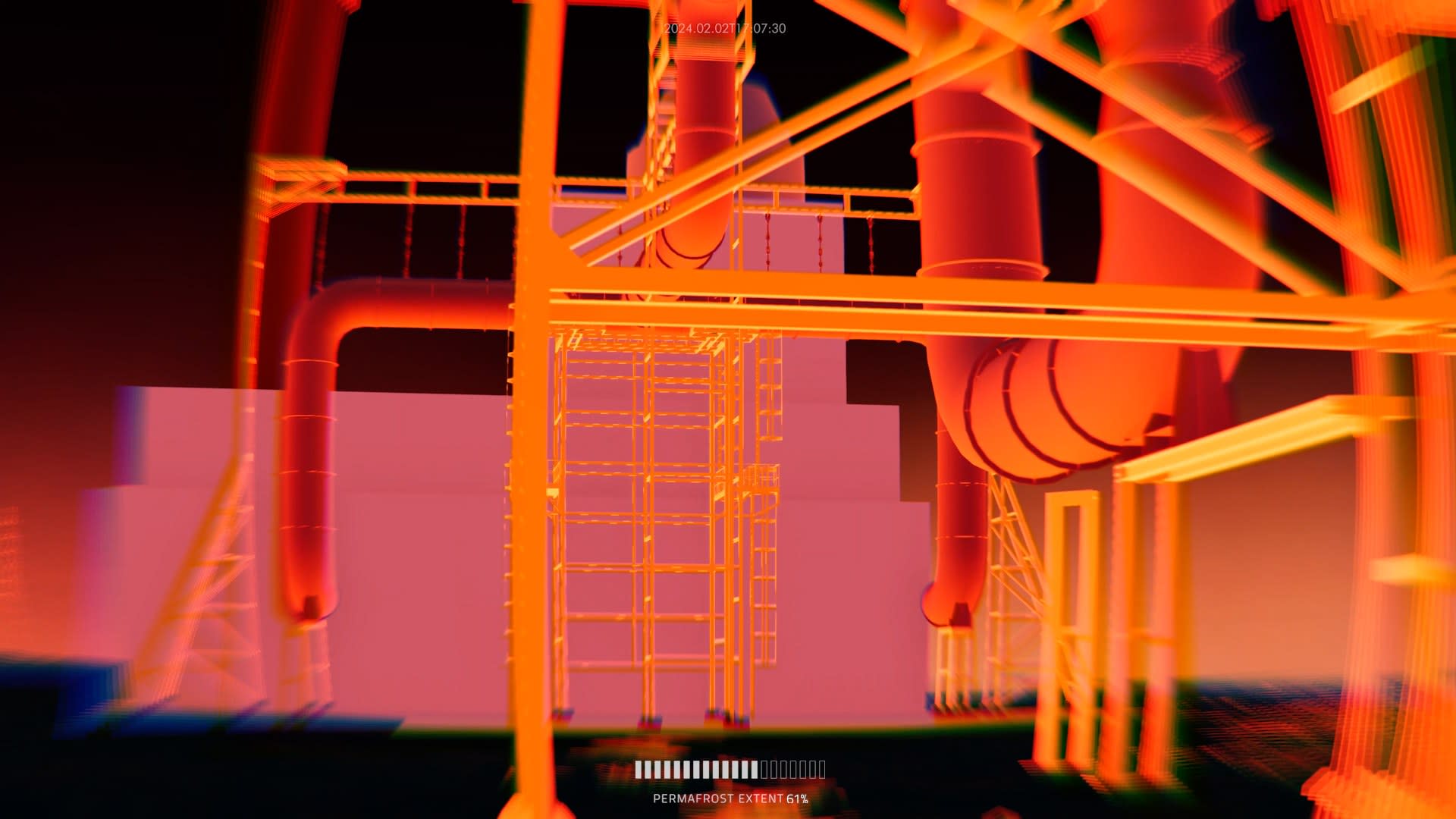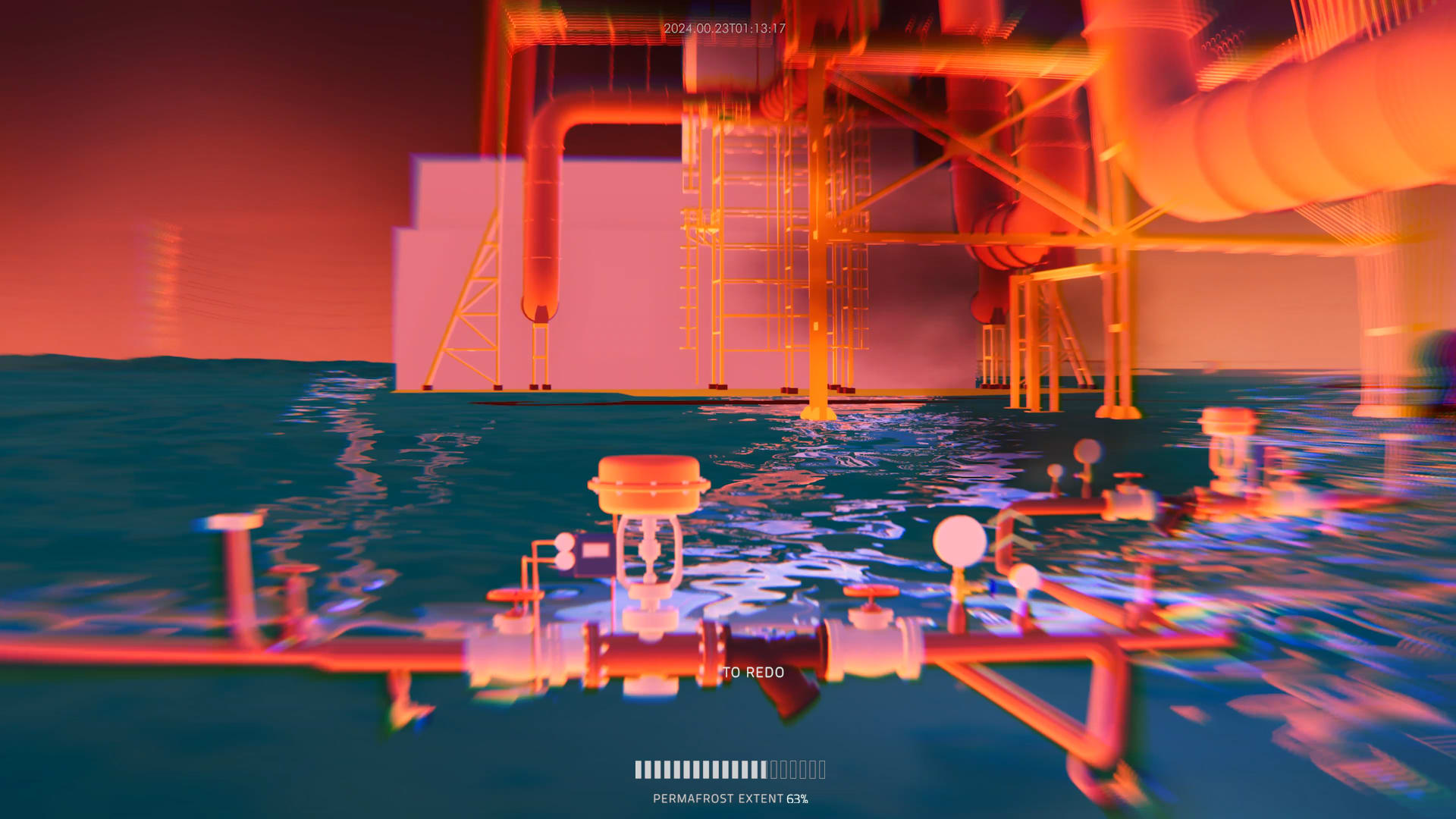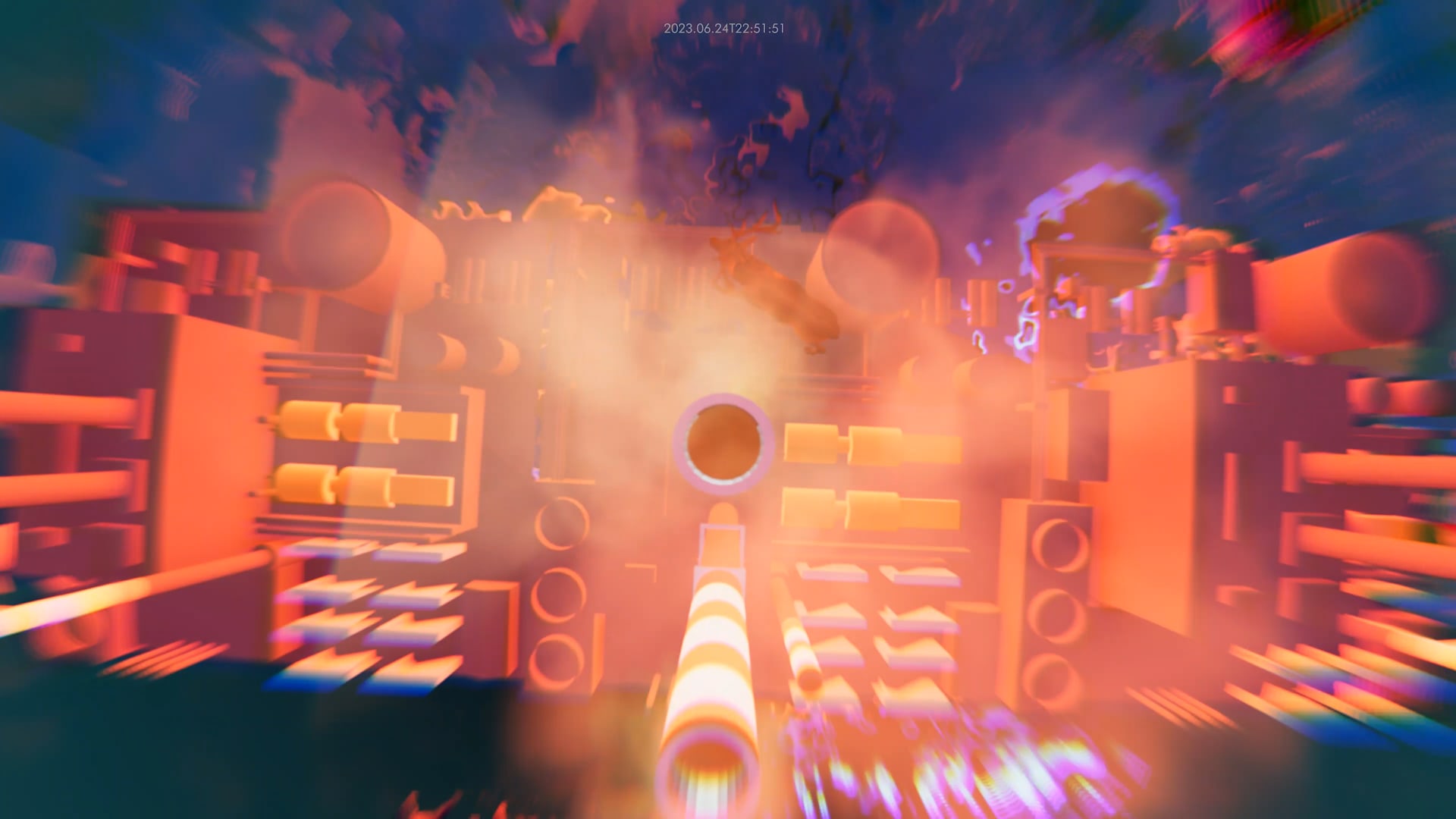Andra Pop-Jurj is a MA Architecture graduate, whose interest lies at the intersection of architecture and environmental politics. Born in Romania, she studied at the Technical University of Munich and the National University of Singapore prior to her experience at the RCA. Having gained work experience at several architecture studios in Germany and at Sergison Bates architects in London, Andra currently works as an architectural designer for the Belgian studio Veldhuis architectuur, while expanding her practice as a researcher.
Her international and multidisciplinary background, coupled with her first-year experience as part of ADS4: Plots, Props & Paranoia – How Architecture Stages Conspiracy, have stimulated her interest in the expanding definitions of architecture, speculative design. Her dissertation addresses the role of architecture and international exhibitions in identity and nation-building. Andra has pursued these with a focus on the role of digital technologies and environments as part of ADS8: Data Matter - The Gaming Edition.
In her first year, Andra was a recipient of the Karakusevic Carson Scholarship. Together with Lena Geerts Danau, Andra is part of the scientific and artistic collaboration Driving the Human - a catalyst for experimentation which combines transdisciplinary expertise in shaping sustainable and collective futures. Building on their MA theses, their collaborative proposal is concerned with environmental politics at a geopolitical level and envisions alternative modes of engagement across species.


